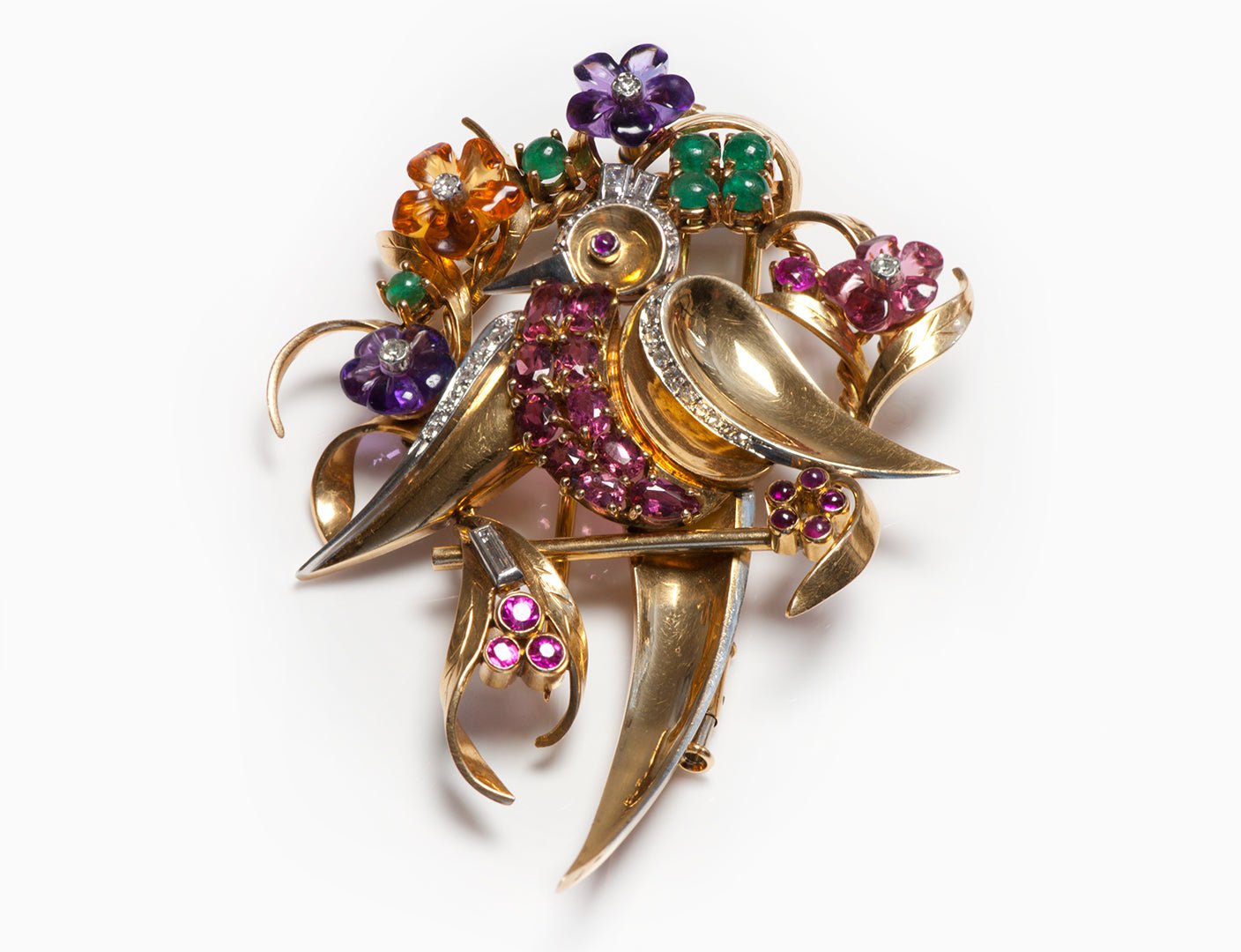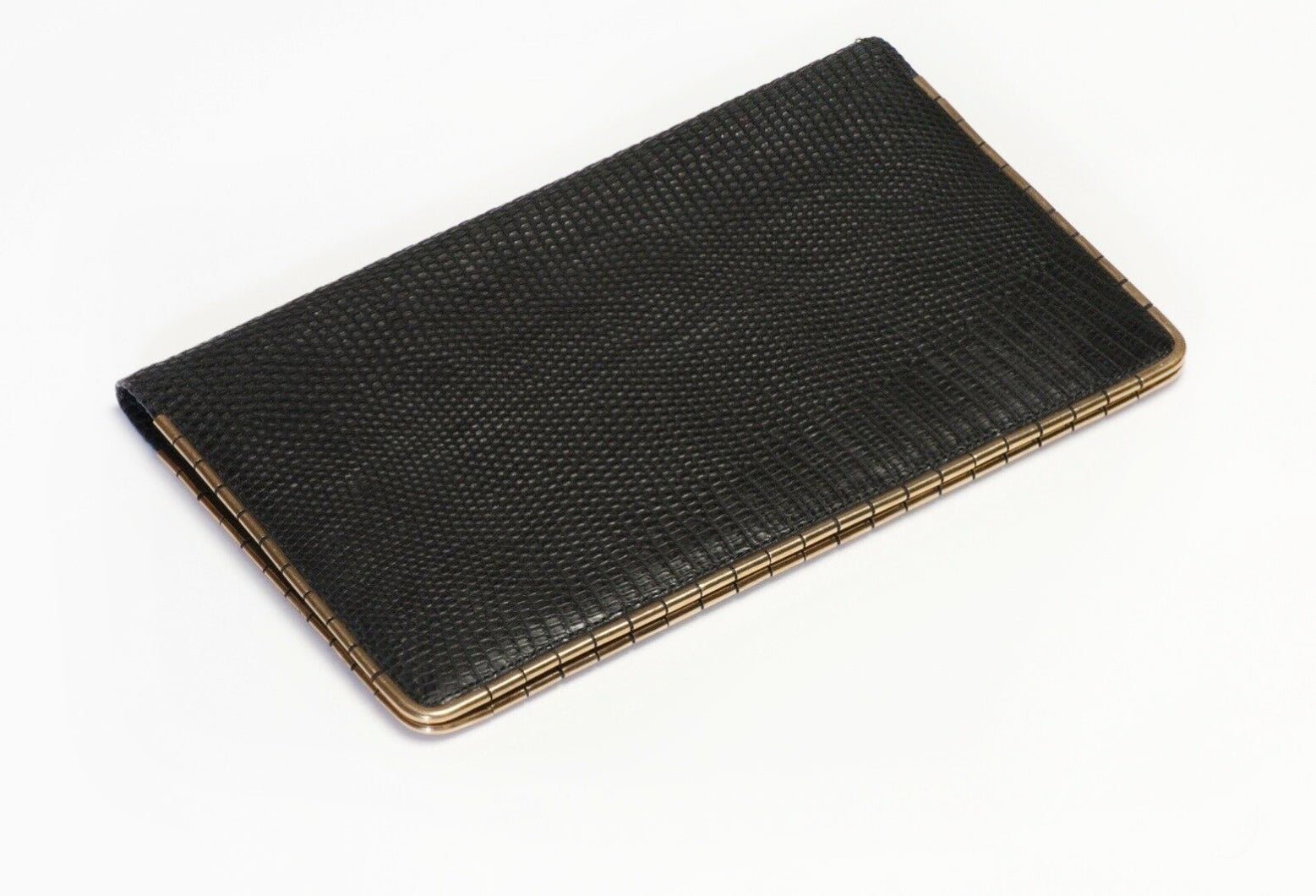The Distant Origins Of High Heels - An Accessory For Men
Now considered symbols of elegance and femininity, high-heeled shoes were once strictly masculine accessories. Few people know their true story!
High-heeled shoes are now worn only by women around the globe, but history shows that this was not always the case. In fact, high-heeled shoes have been worn by men at different times in history. Although today we use heels for aesthetic reasons, in the past they were used for other reasons.
In history, the height of shoes helped to differentiate the social class of the wearer, according to The Epoch Times.
High-heeled shoes are now worn only by women around the globe, but history shows that this was not always the case. In fact, high-heeled shoes have been worn by men at different times in history. Although today we use heels for aesthetic reasons, in the past they were used for other reasons.
In history, the height of shoes helped to differentiate the social class of the wearer, according to The Epoch Times.
Exploring The Origins Of High Heels
It is not clear where heels first appeared, it is possible that they were used by actors in ancient Greece. "Kothorni" was a type of footwear worn around the 2nd century BC. They had high wooden or cork platforms of 8-10 cm. The height of the shoes indicated the social status or importance of the character being played. In other words, heels were not used for aesthetics, but only for the use of a professional group, such as actors.
Heels then reappeared in the Middle Ages in Europe, when both men and women wore a type of footwear called 'sandal'. The streets of medieval European cities were filthy and the shoes of the time were delicate and expensive. Therefore, to avoid ruining them, men and women wore these sandals. While sandals were used because they were practical, other European footwear was used because it was symbolic.
Thus, "chopines" were a type of shoe used by women in Venetian society between the 15th and 17th centuries. The higher they were, the higher their social status. Sometimes chopines were as high as 50 cm, and as you can imagine, they were not practical at all. So women needed attendants to help them keep their balance.
But wealth and social status were not only demonstrated by the height of the shoes, but also by the fact that these rich women had maids to help them. Sandals and these chopines were platforms without heels.
Heels then reappeared in the Middle Ages in Europe, when both men and women wore a type of footwear called 'sandal'. The streets of medieval European cities were filthy and the shoes of the time were delicate and expensive. Therefore, to avoid ruining them, men and women wore these sandals. While sandals were used because they were practical, other European footwear was used because it was symbolic.
Thus, "chopines" were a type of shoe used by women in Venetian society between the 15th and 17th centuries. The higher they were, the higher their social status. Sometimes chopines were as high as 50 cm, and as you can imagine, they were not practical at all. So women needed attendants to help them keep their balance.
But wealth and social status were not only demonstrated by the height of the shoes, but also by the fact that these rich women had maids to help them. Sandals and these chopines were platforms without heels.
The High Heels In Ancient Persia
To find shoes with modern heels, we have to leave the streets of medieval Europe behind and travel to eastern Persia. It's not known exactly when heels began to be used in Persia, but inscriptions found on a pottery vessel suggest around the 9th century. For example, we find the use of heels among Persian people who drove carriages, which allowed them to keep their feet inside the carriage ladder.
In the late 16th and early 17th centuries, many Persian diplomats were sent to Europe by Shah Abbas I of Persia to gain alliance against a common enemy, the Ottoman Empire. It is said that after meeting the Persians, European aristocrats adopted heels as a symbol of masculinity and social status.
In the 17th century, women also used heels, and there was a tendency for male fashion to adopt female fashion. This could be interpreted as an attempt to achieve equality and gain power.
In the late 16th and early 17th centuries, many Persian diplomats were sent to Europe by Shah Abbas I of Persia to gain alliance against a common enemy, the Ottoman Empire. It is said that after meeting the Persians, European aristocrats adopted heels as a symbol of masculinity and social status.
In the 17th century, women also used heels, and there was a tendency for male fashion to adopt female fashion. This could be interpreted as an attempt to achieve equality and gain power.
Men's Obsession With High Heels Came To An End
The male obsession with heels came to an end in the 18th century, when there were various changes in the way men thought and dressed. A sober man began to wear severe, austere attire, while an extravagant one used heels, make-up, and eccentric attire.
Among the most avid collectors and wearers of heeled shoes was King Louis XIV. Not only because the King loved luxury and fashion, but also because he was quite short (1.63 m). As a result, his shoes had 10-centimeter heels and were very masculine - battle scenes were painted on them and the heels were always red - a martial color!
Interestingly, for a time women gave up heels because they were impractical. However, it wasn't long before the trend returned - in the second part of the 19th century.
Among the first groups to wear heels were fashion models, who used heels to show off their beautiful bodies. This could be the beginning of the association between heels and feminine beauty. The rest is history!
Among the most avid collectors and wearers of heeled shoes was King Louis XIV. Not only because the King loved luxury and fashion, but also because he was quite short (1.63 m). As a result, his shoes had 10-centimeter heels and were very masculine - battle scenes were painted on them and the heels were always red - a martial color!
Interestingly, for a time women gave up heels because they were impractical. However, it wasn't long before the trend returned - in the second part of the 19th century.
Among the first groups to wear heels were fashion models, who used heels to show off their beautiful bodies. This could be the beginning of the association between heels and feminine beauty. The rest is history!


















